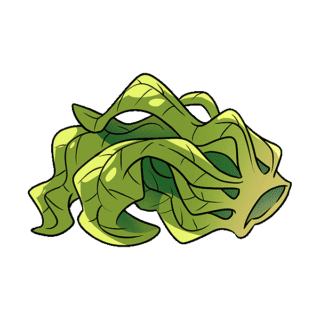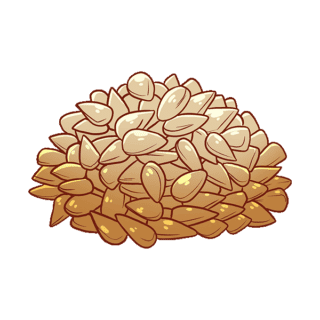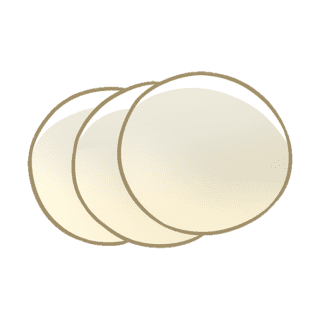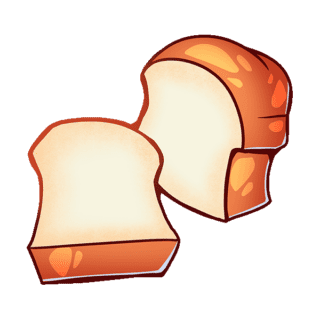Wakame
For many, one of the first things associated with Japanese cuisine is seaweed. There are tons of different types used in Japanese cooking; wakame is one of the most common.
Unlike nori, which is thin and delicate, or kombu, which is extremely thick and hardy so used primarily for infusing flavor, wakame is somewhere in the middle. It has a satisfyingly smooth, slightly slippery texture that’s almost al dente. The structure isn’t crumbly or delicate, but sturdier and chewier than nori.
Among the most popular uses for wakame are soups, salads, or sometimes just to eat by itself. The seaweed in miso soup is usually wakame; if you see seaweed salad on a menu, that’s generally wakame too.
All seaweed is extremely nutrient-dense. That is, for any given amount of calories, it contains a very high amount of nutrients — wakame is no different: It’s high in certain omega-3s, electrolytes like calcium and sodium, iodine, and other minerals and vitamins. In fact, the high iodine content of seaweed meant that before the introduction of iodized salt, cultures that ate seaweed were far less likely to develop gout than others.
Wakame can be found at all Uwajimaya stores in our grocery department in the dried seaweed section.





